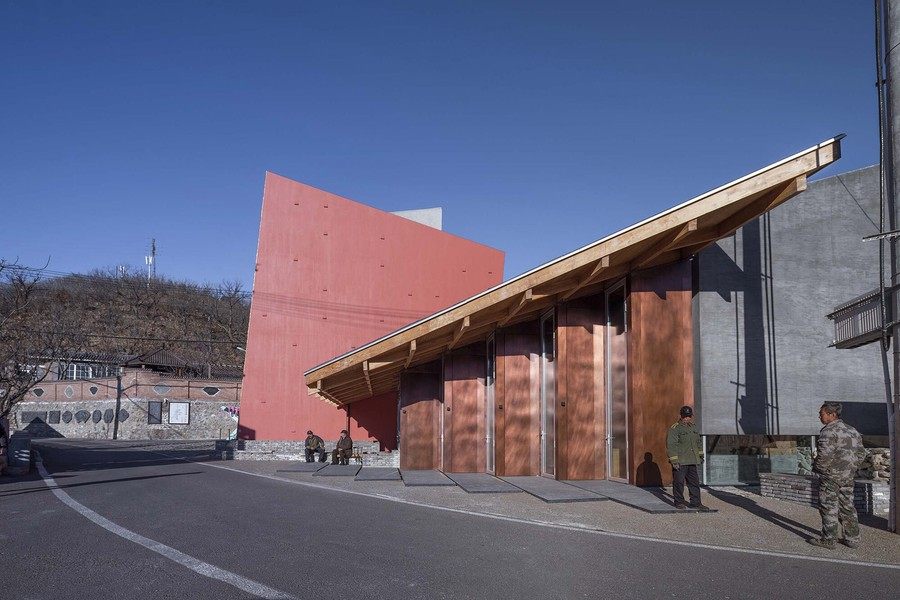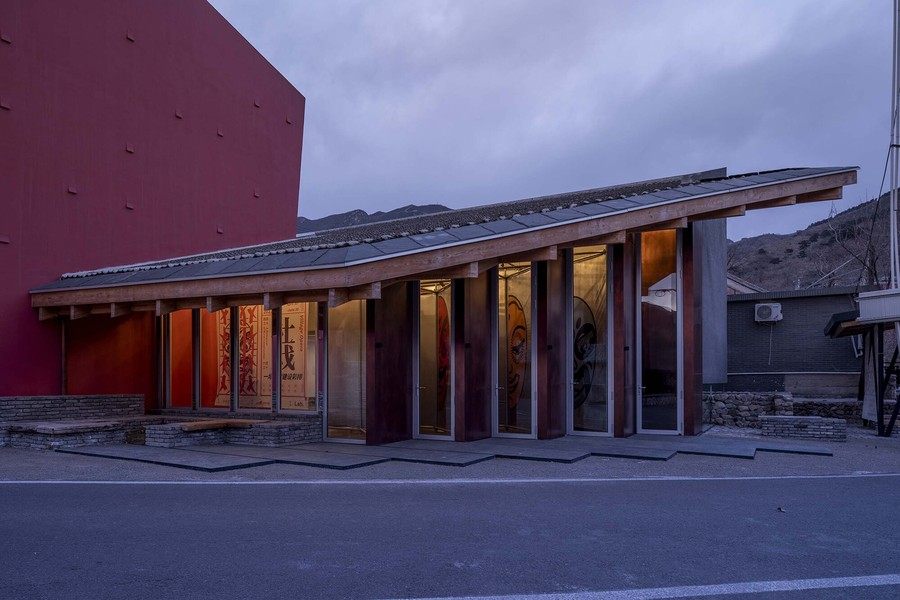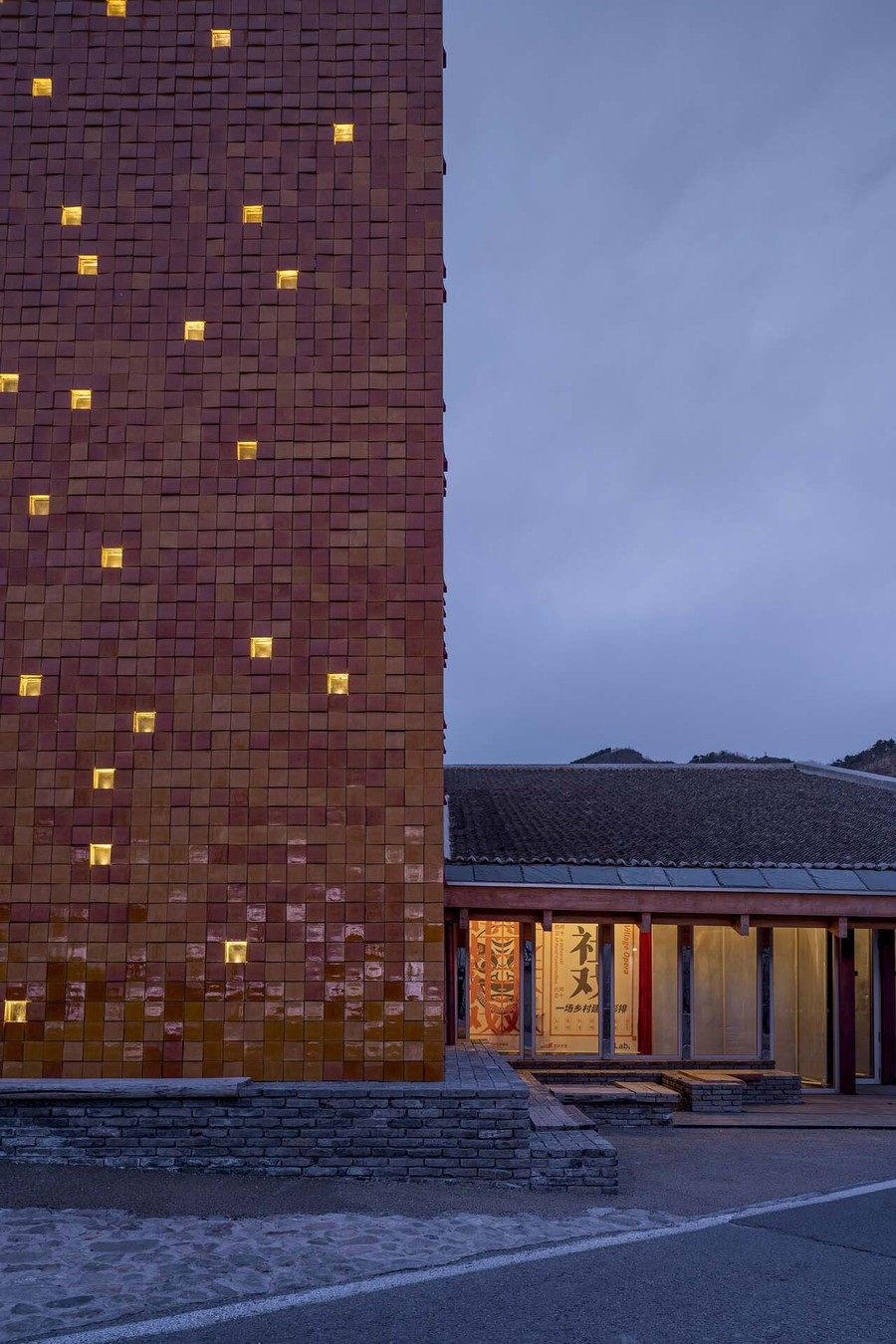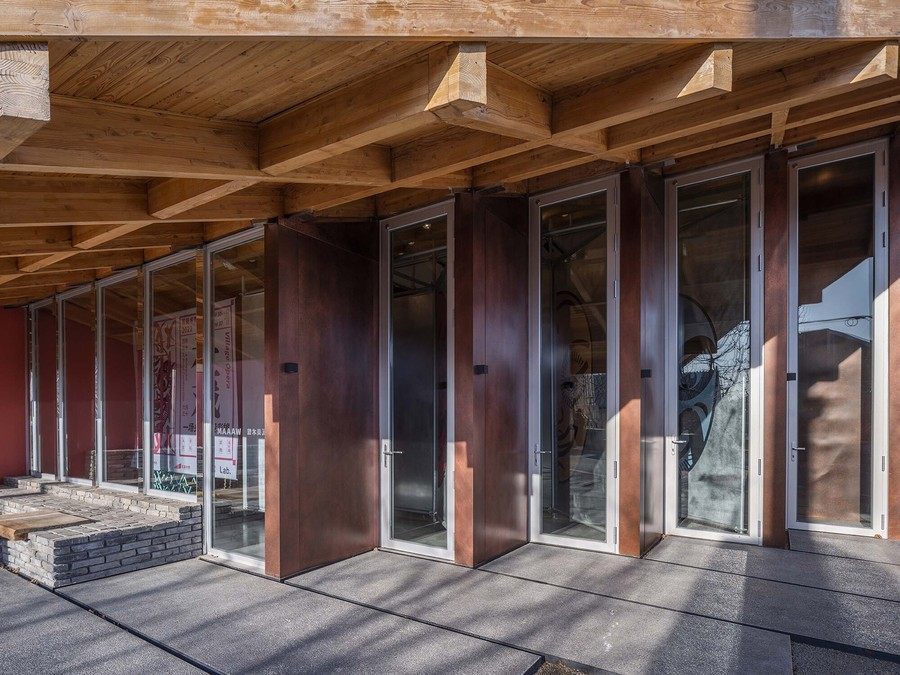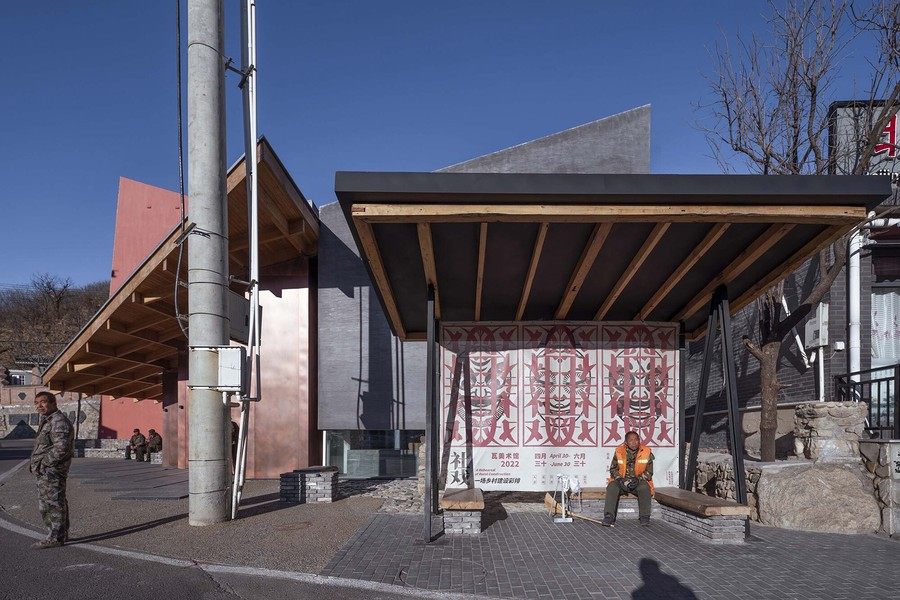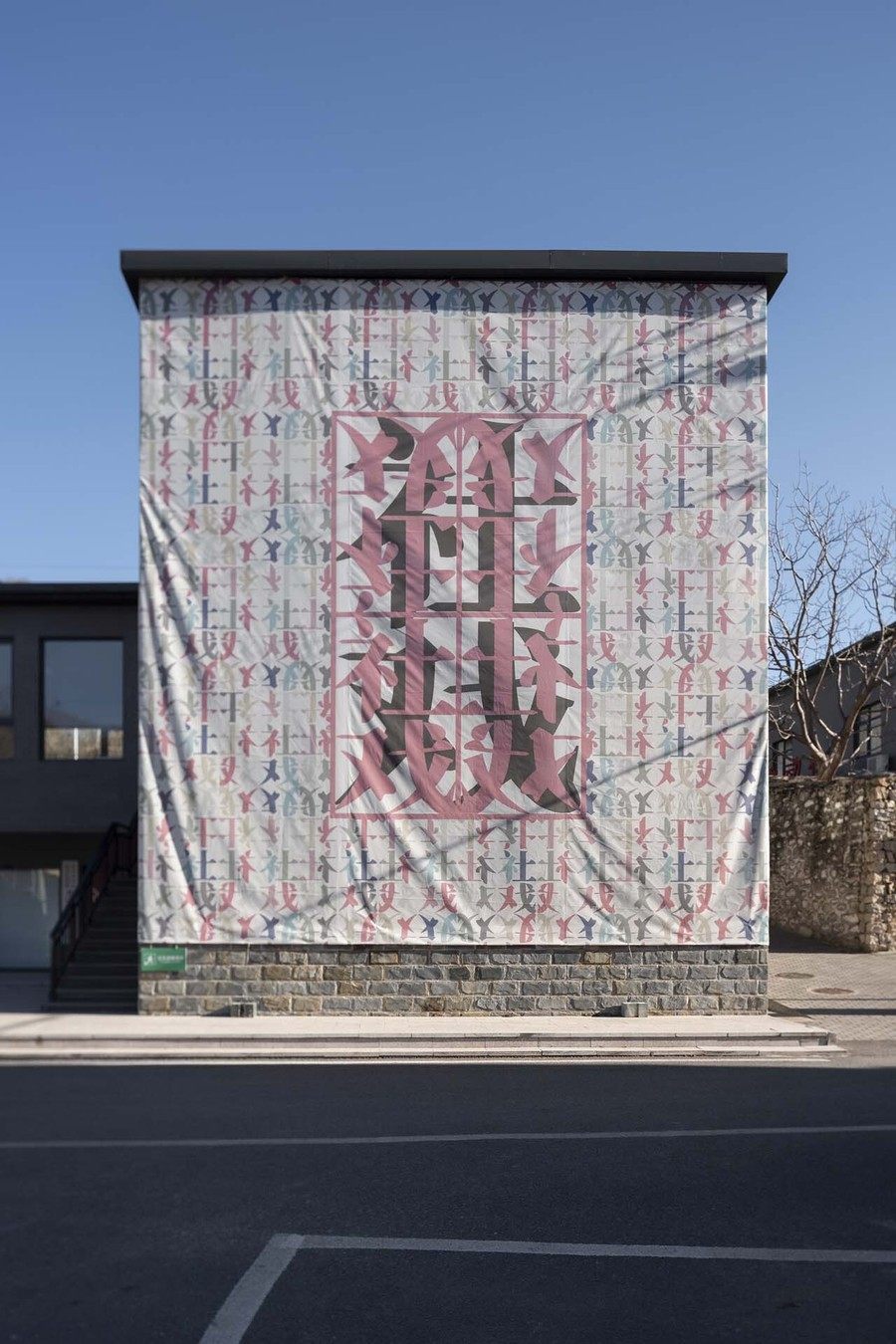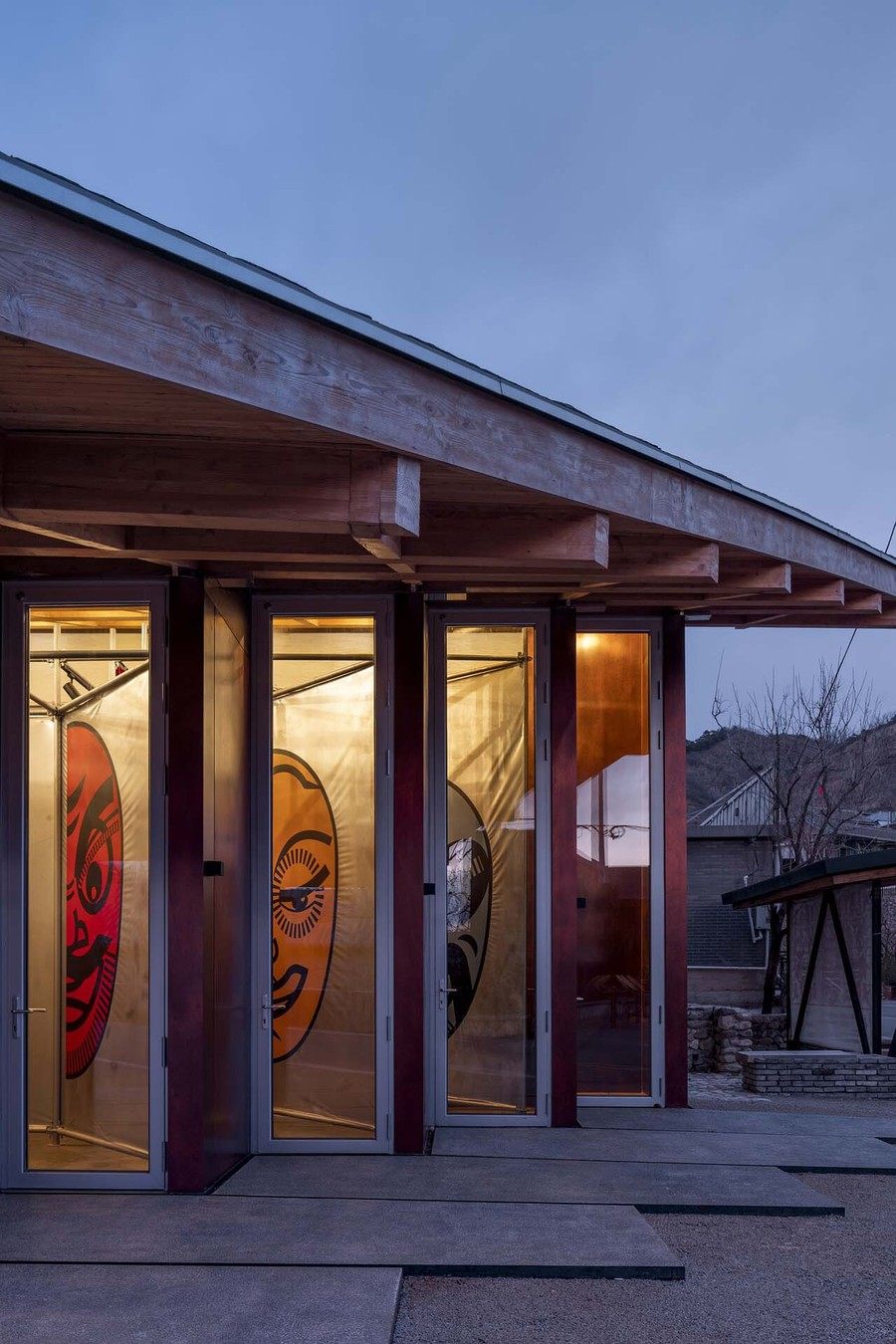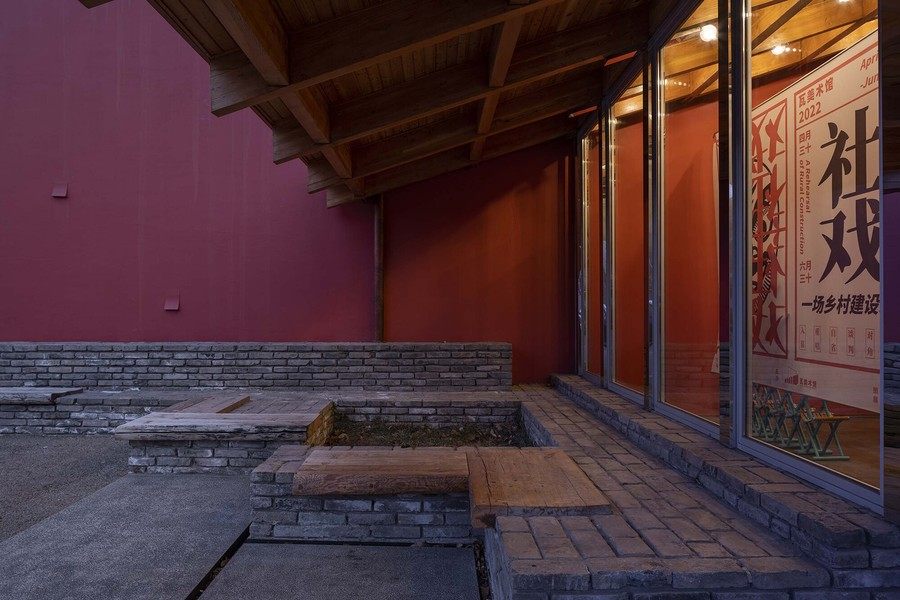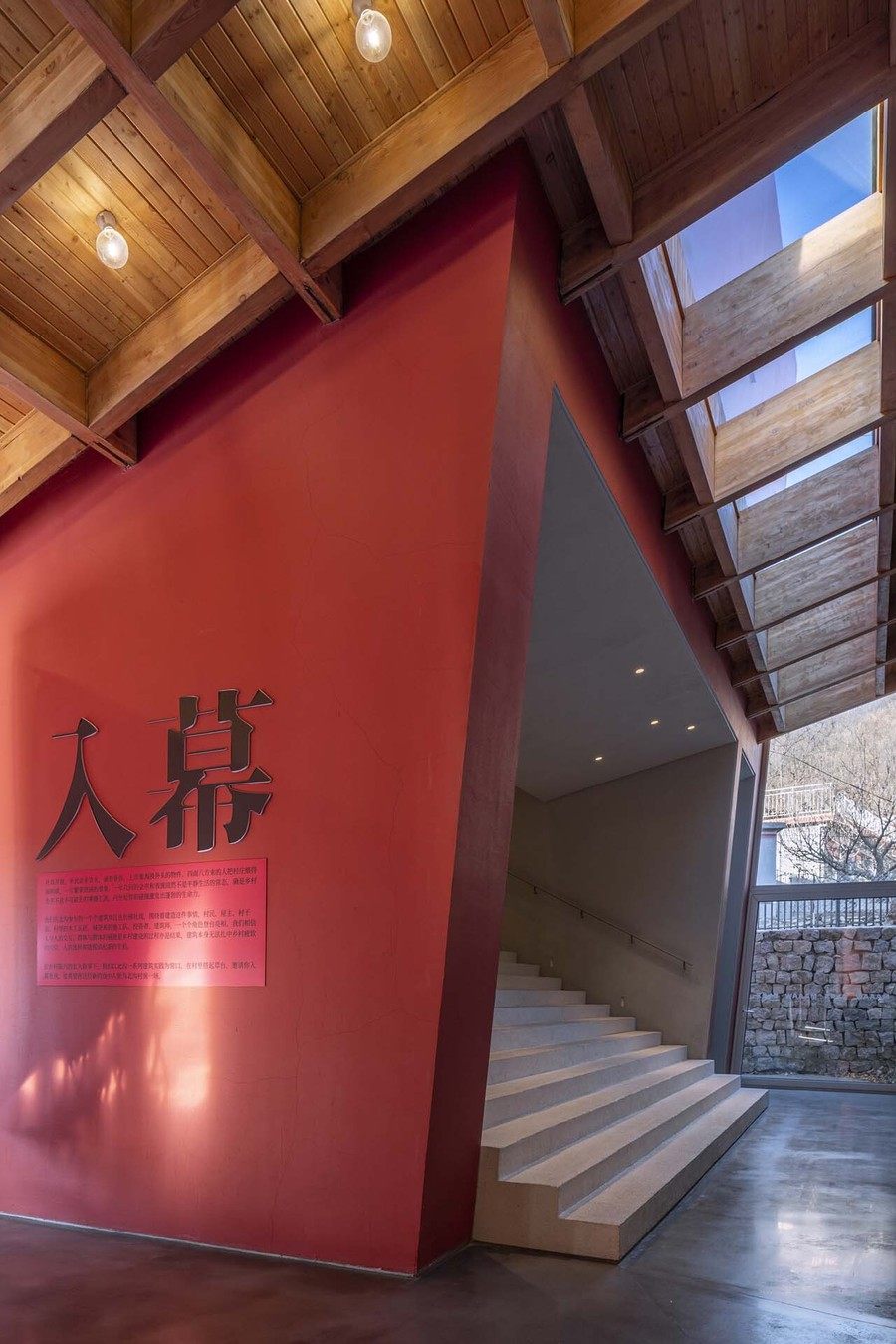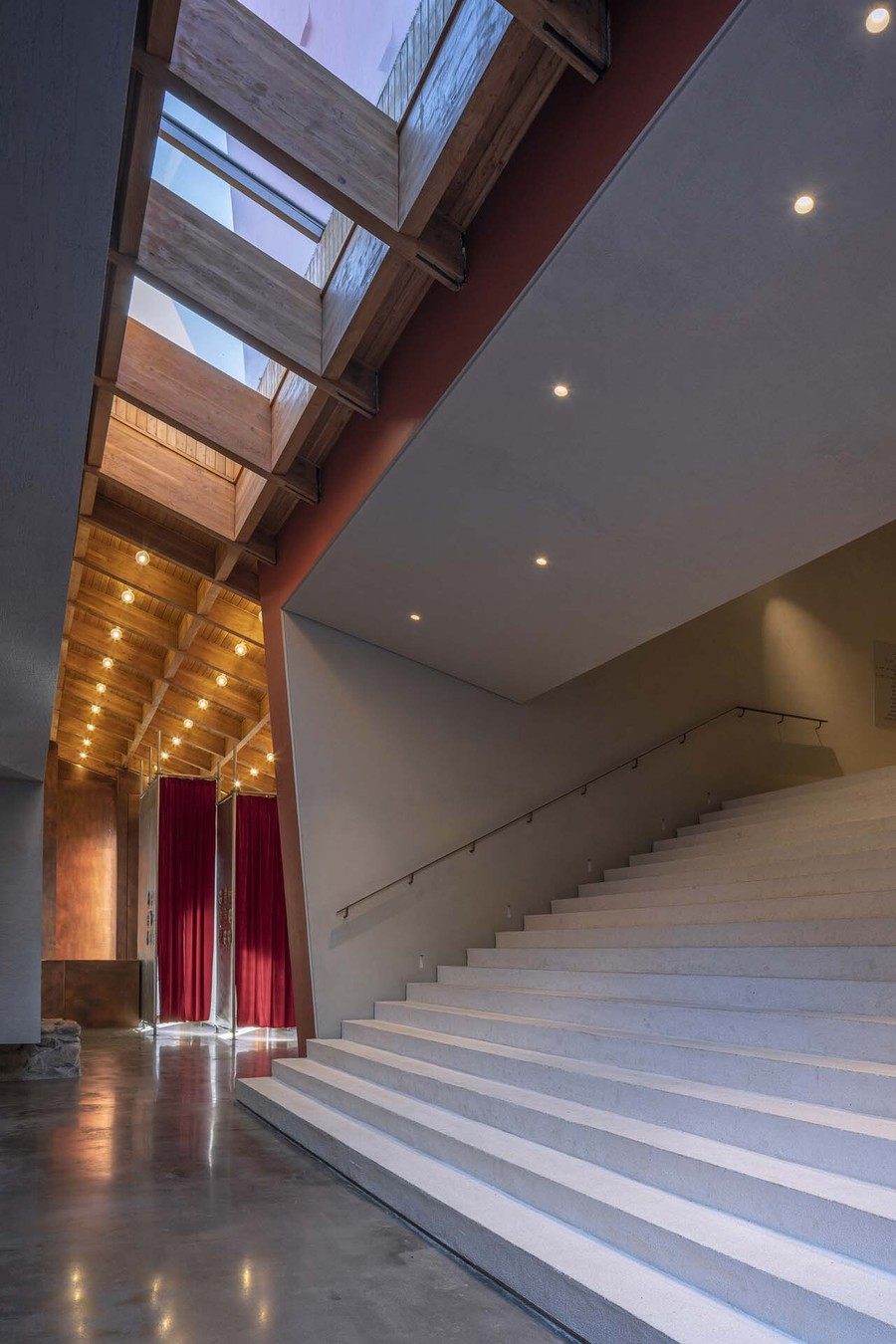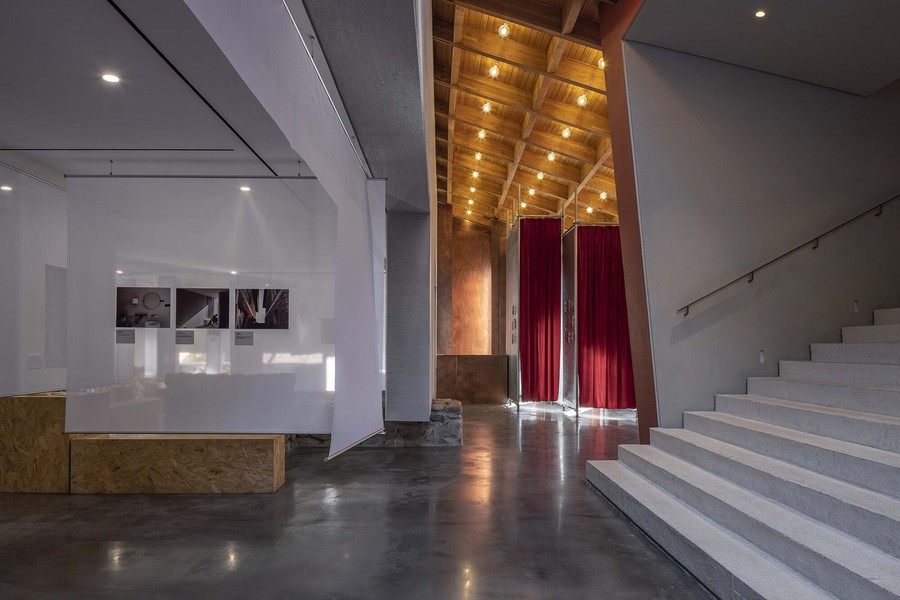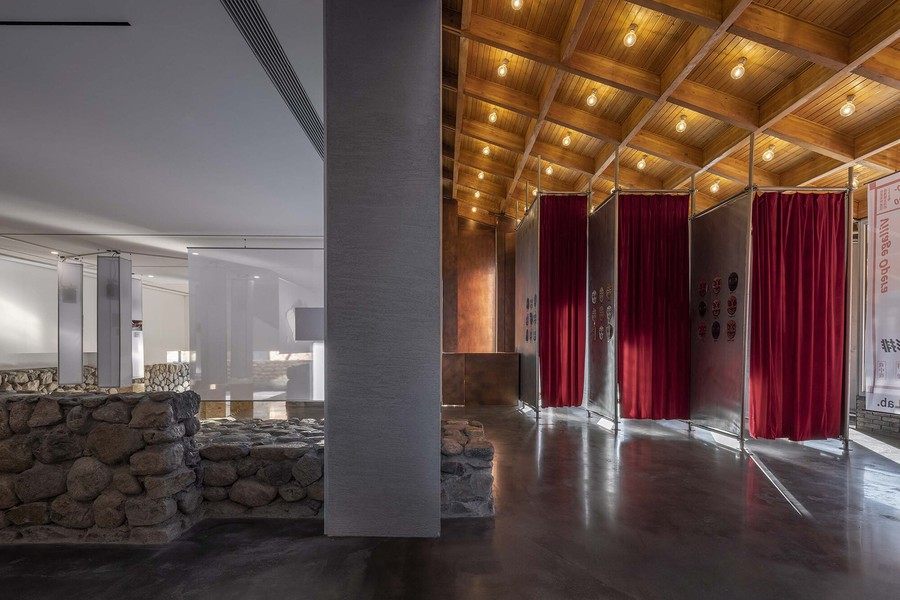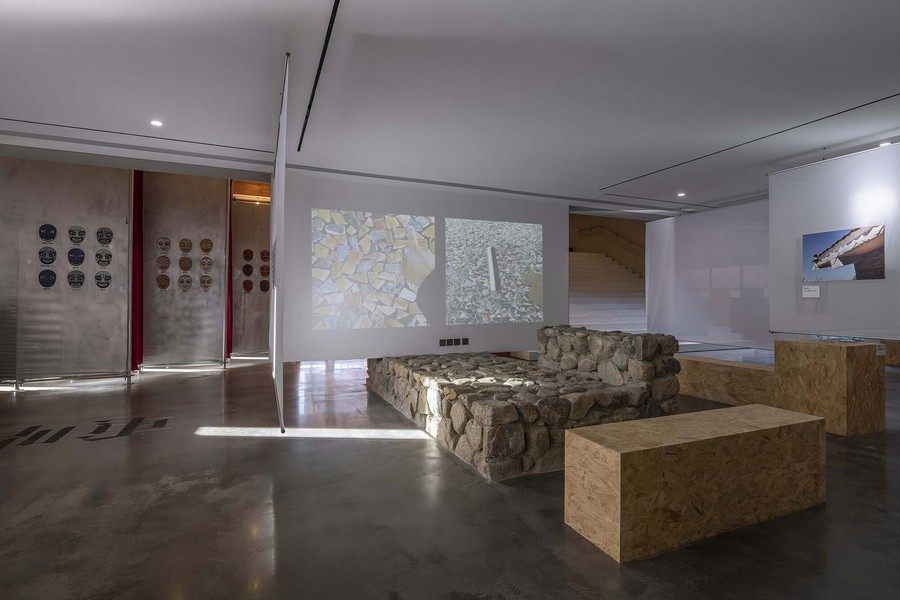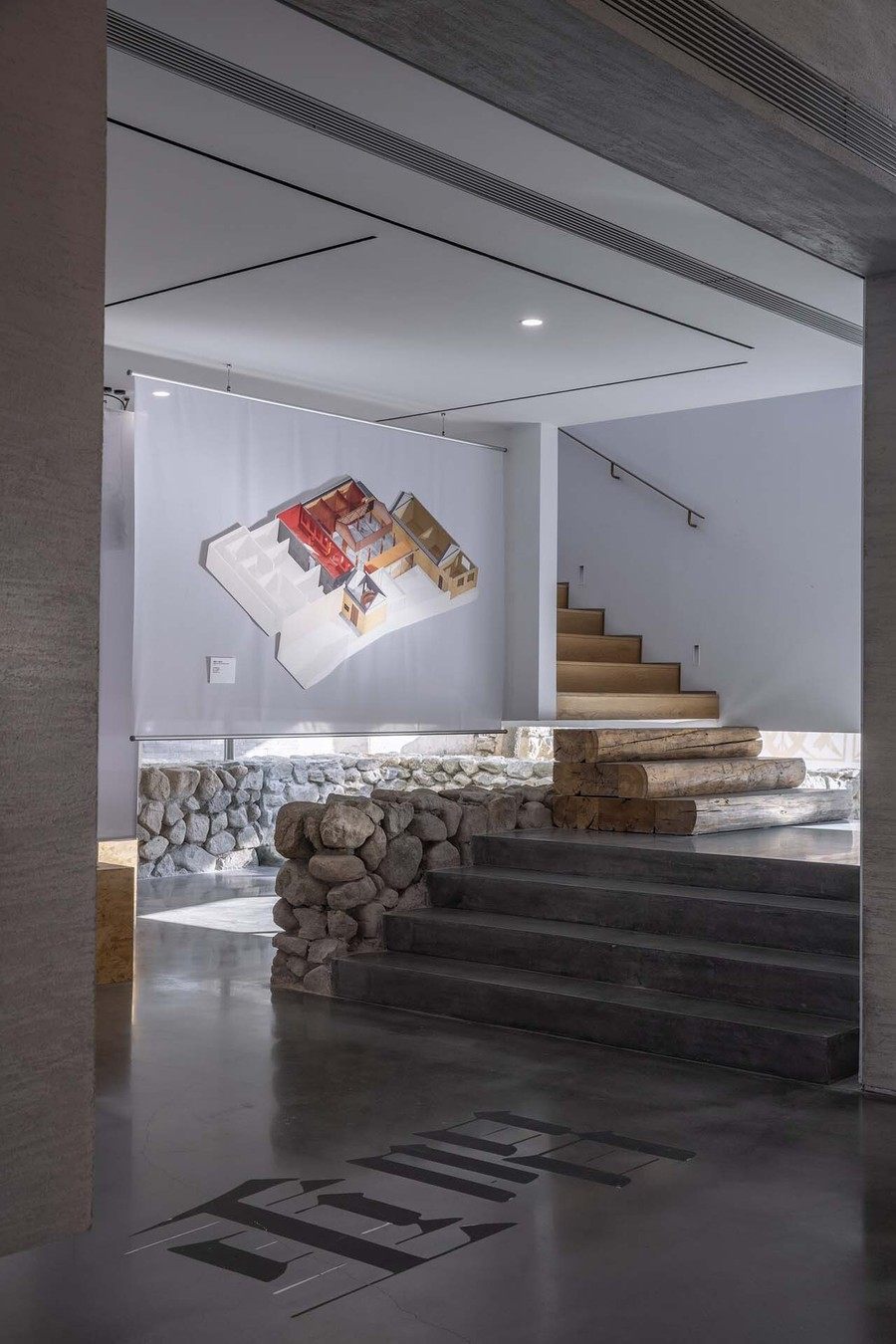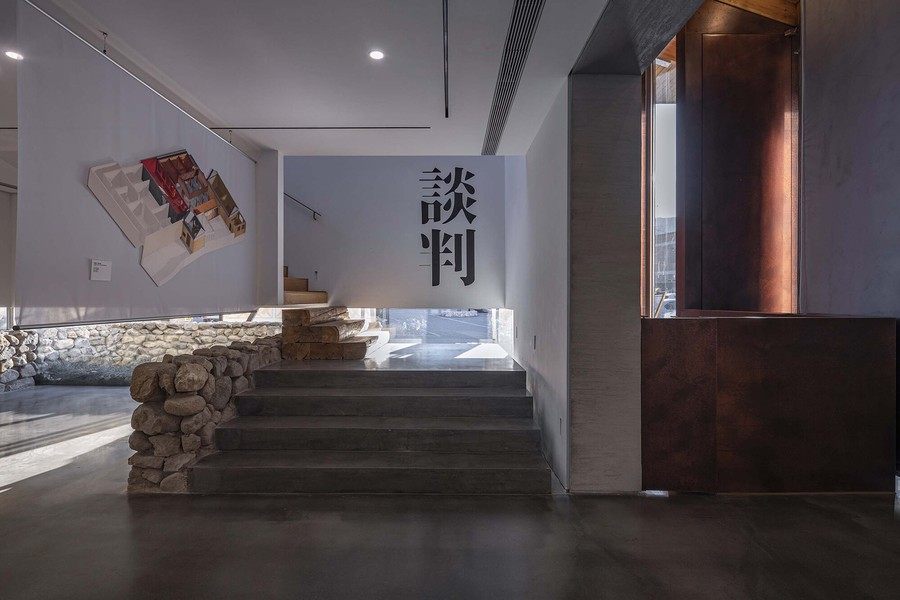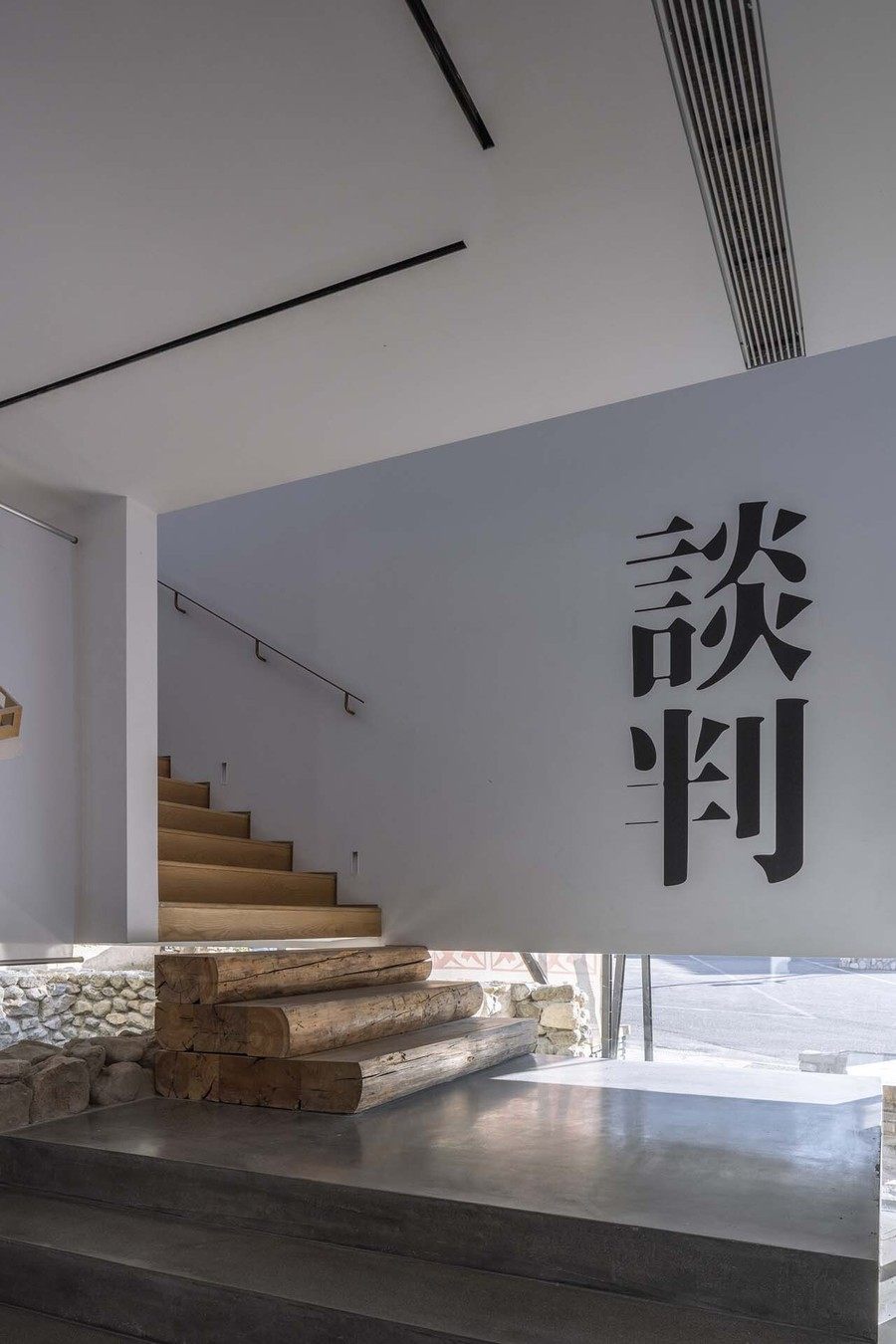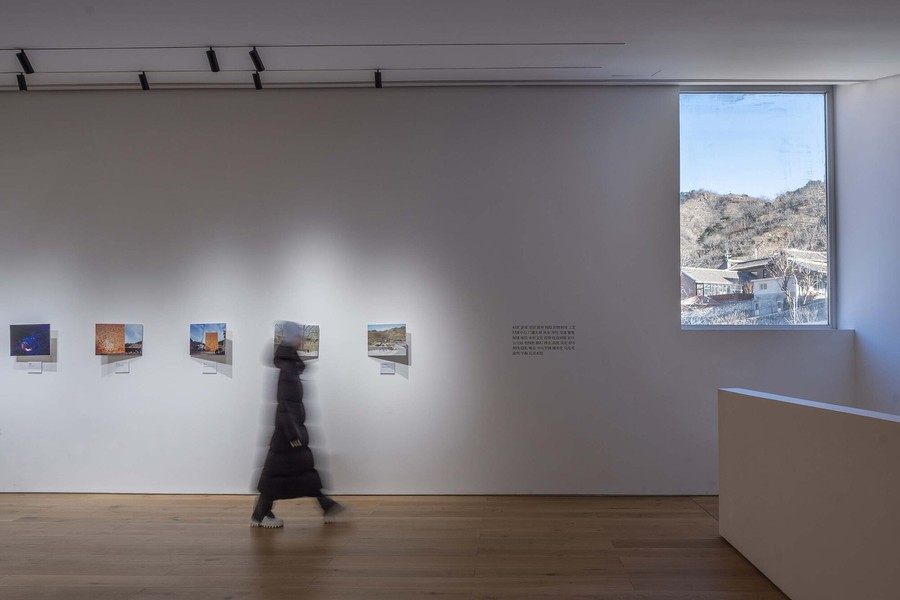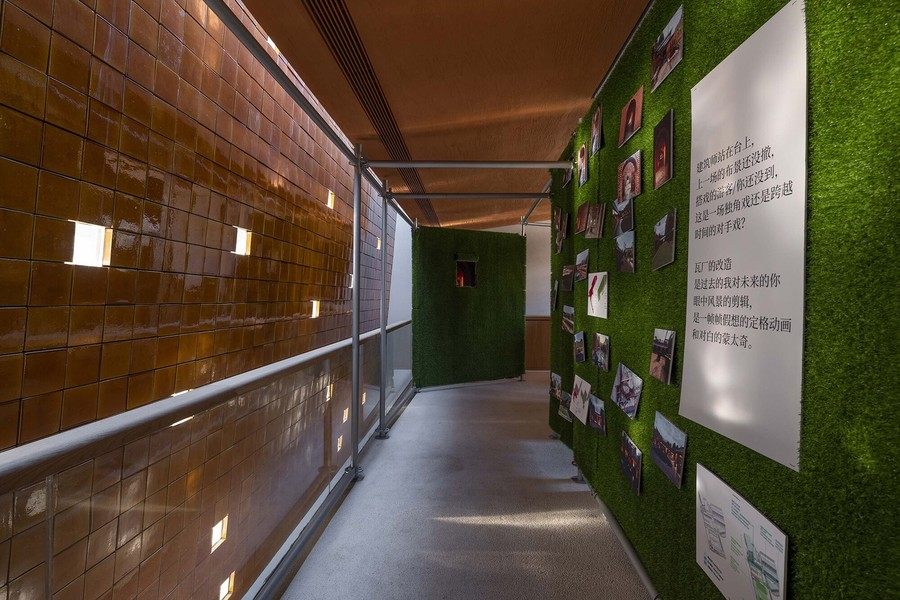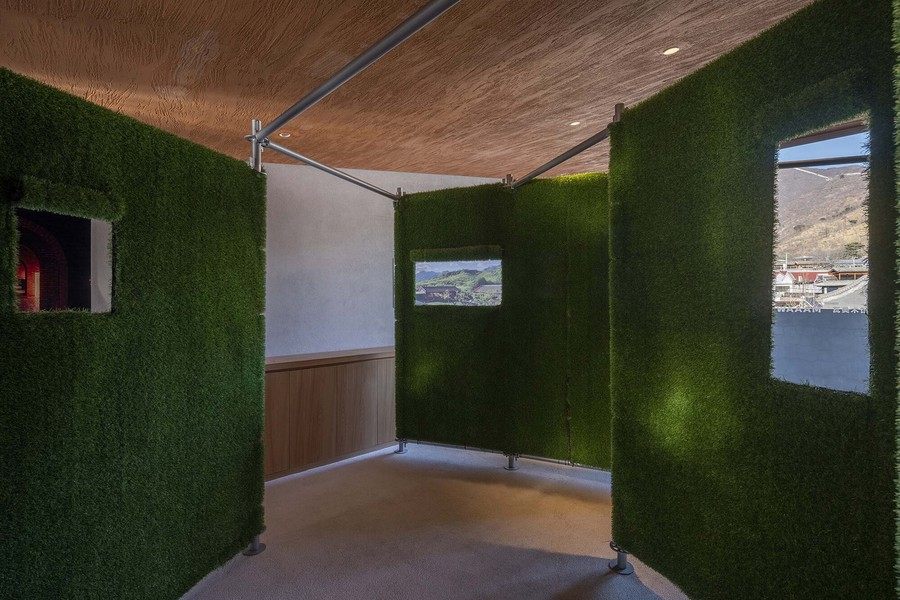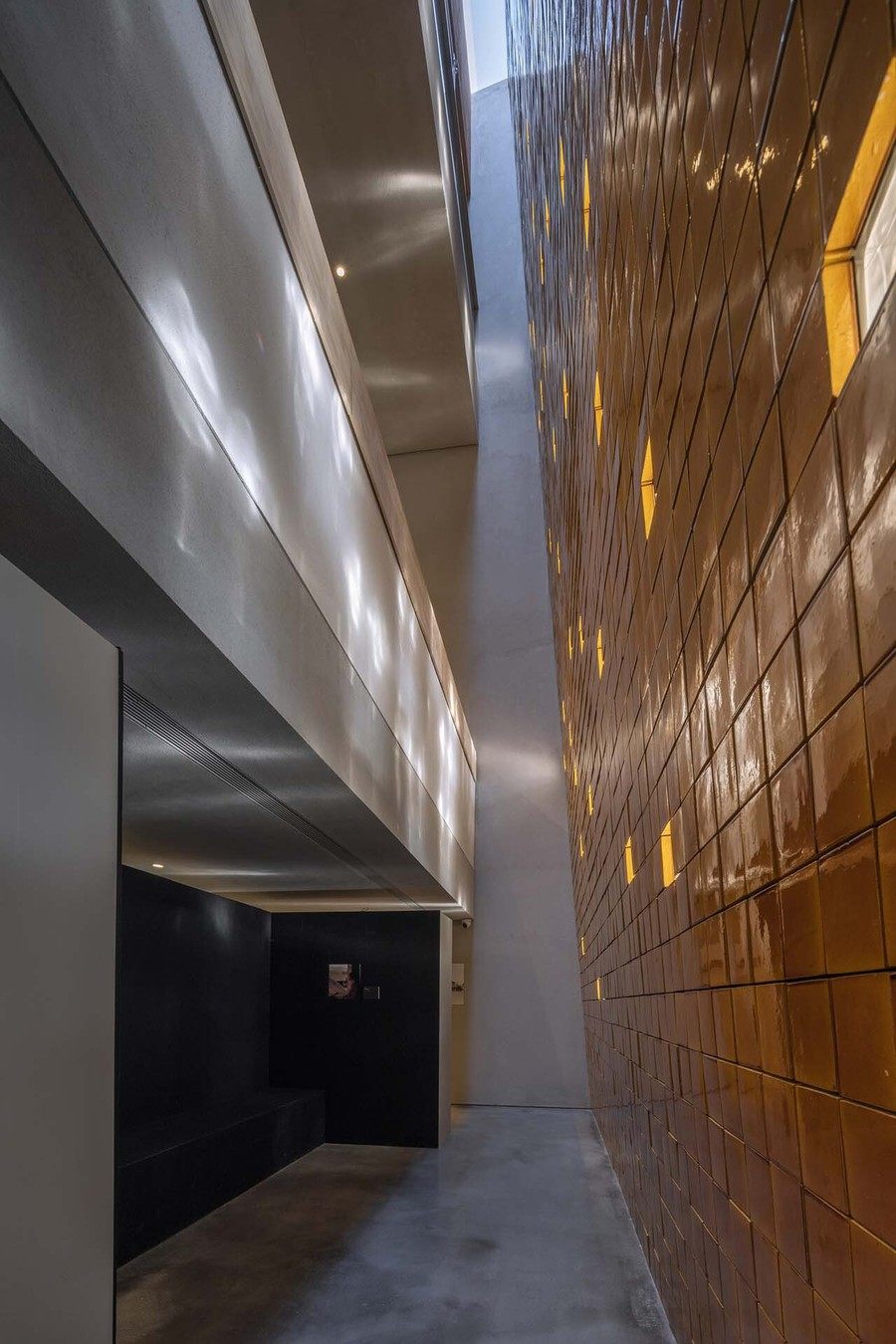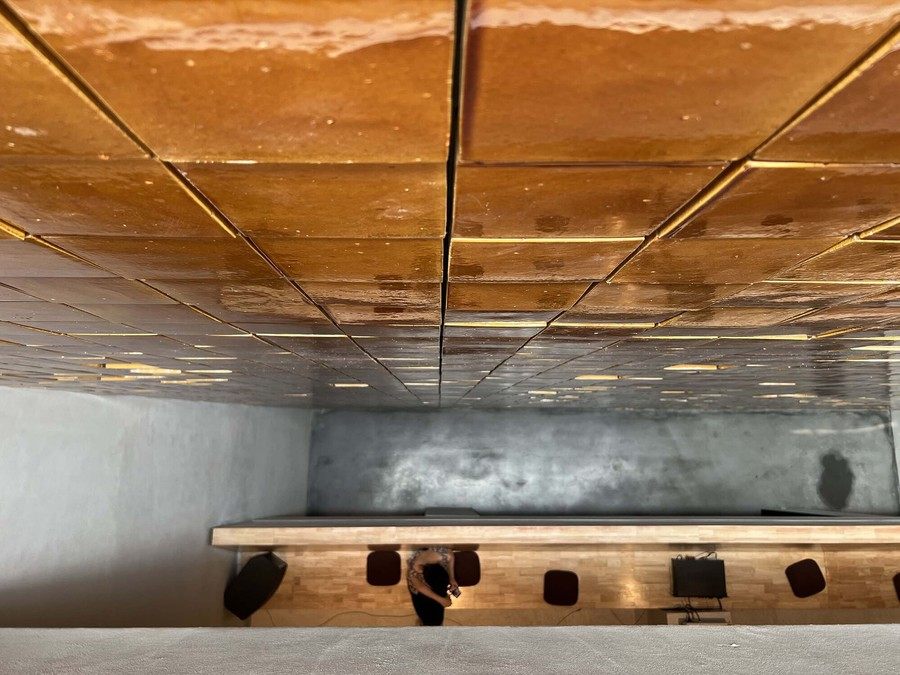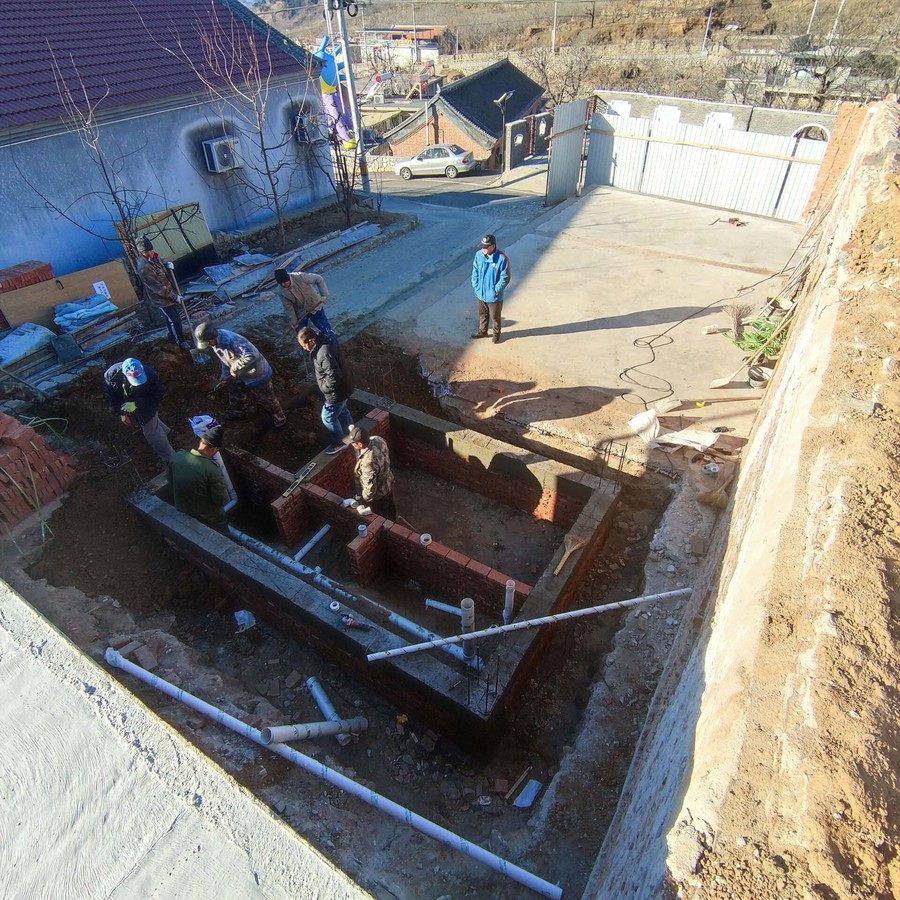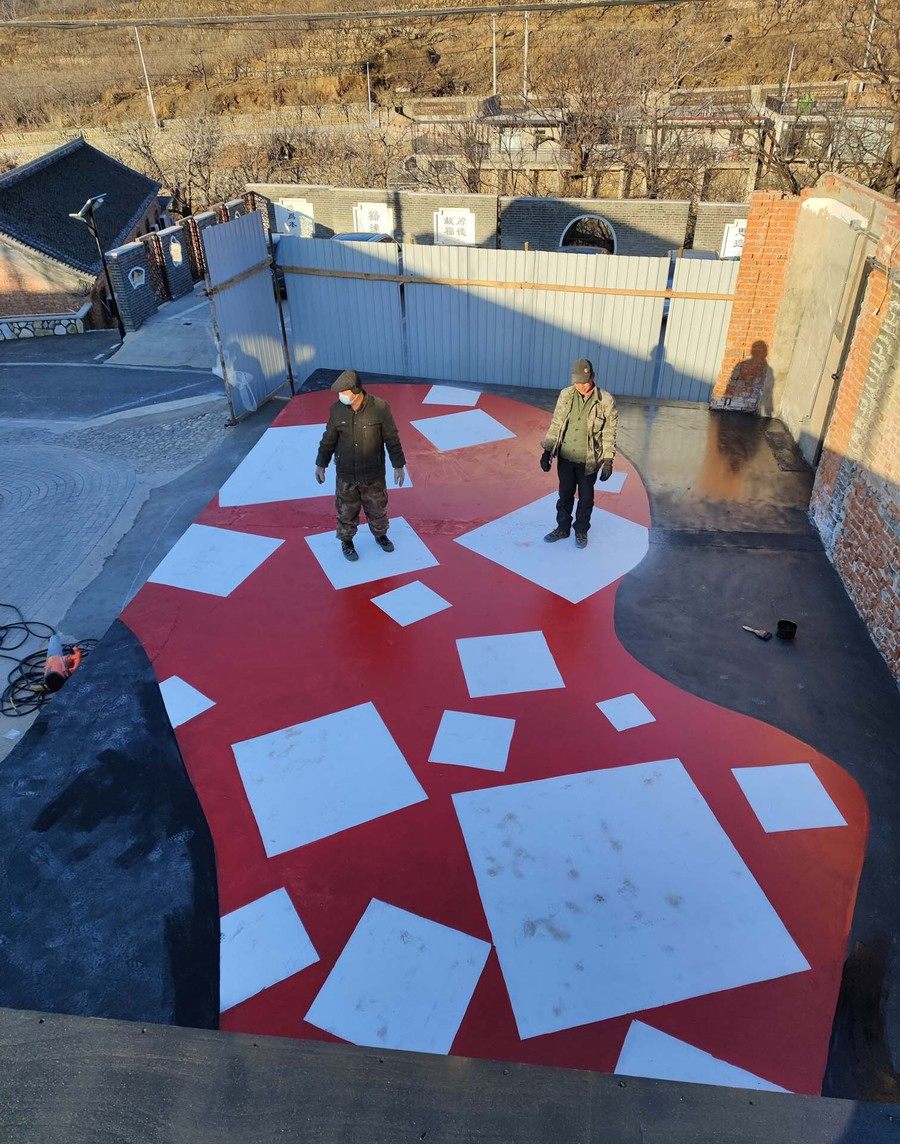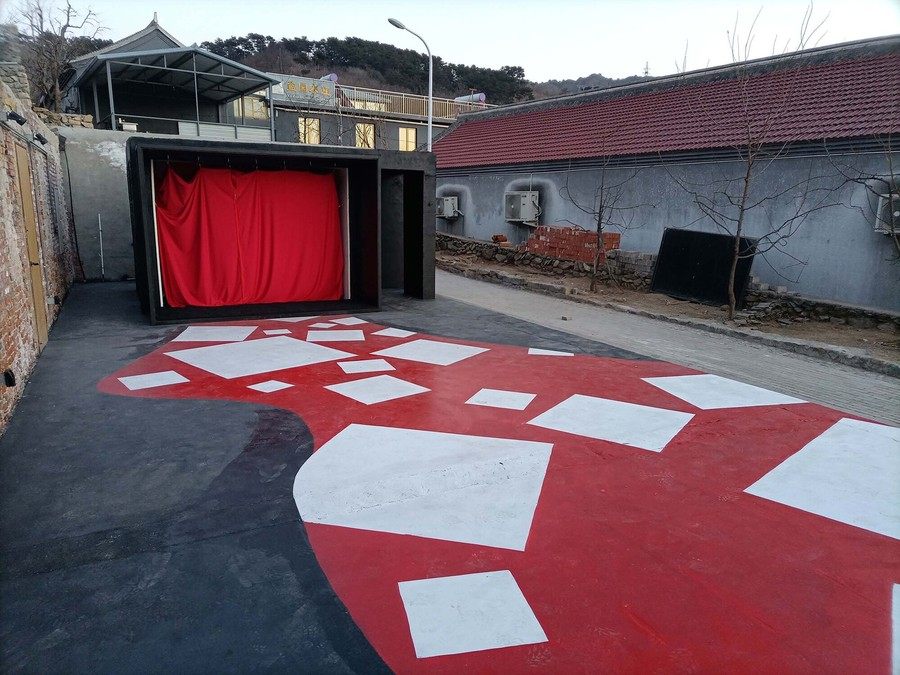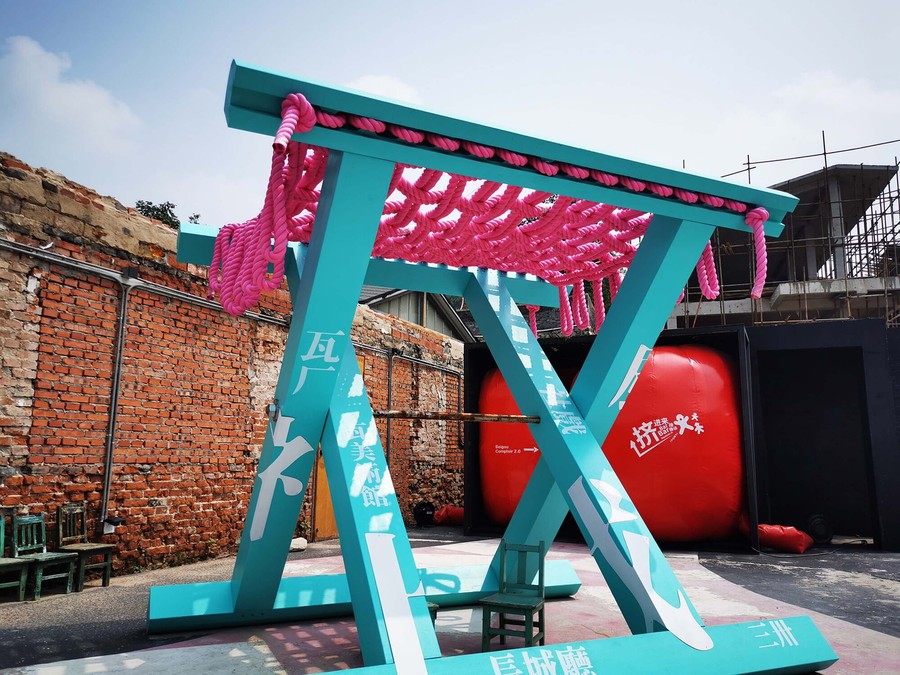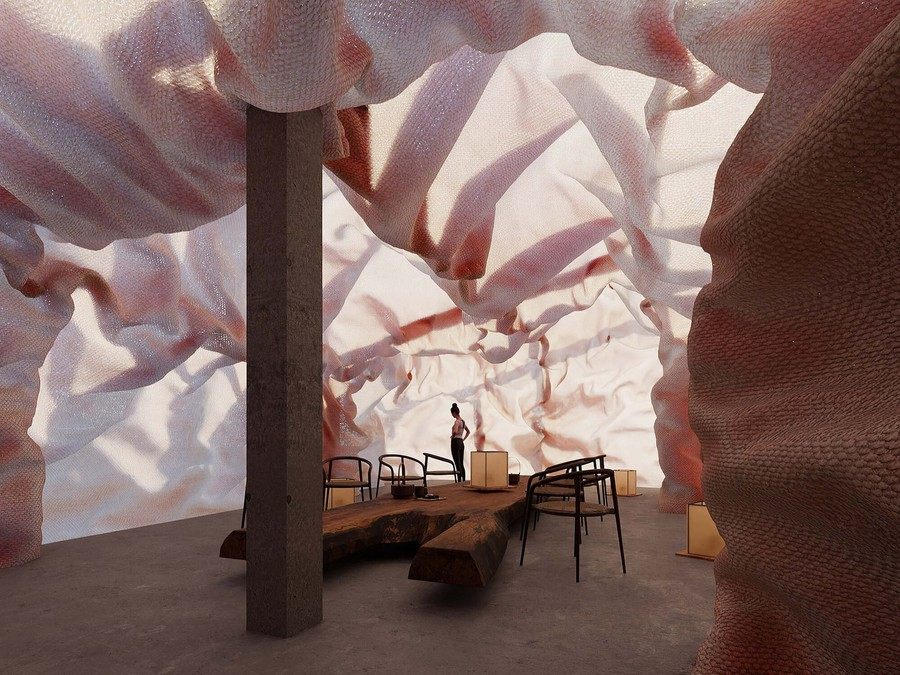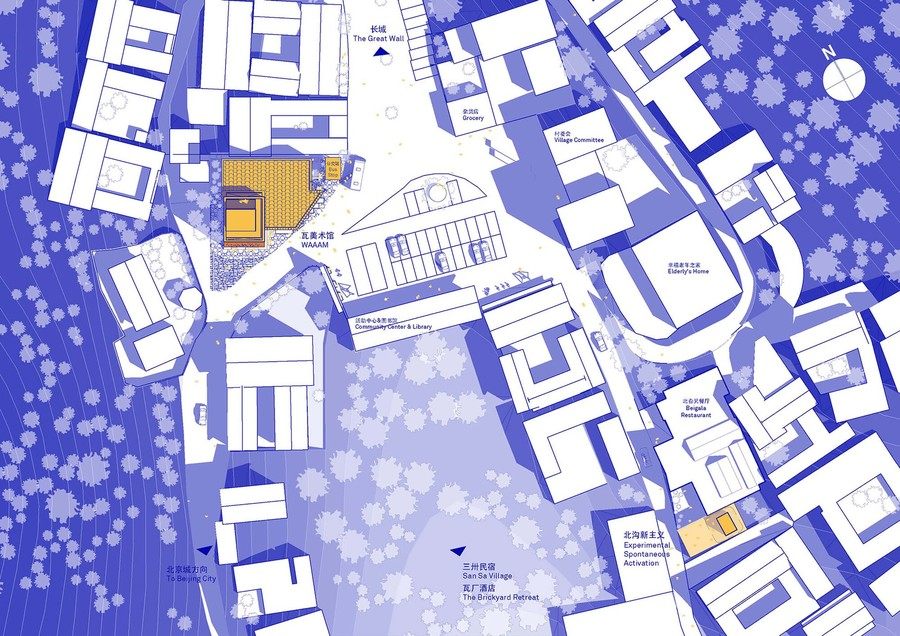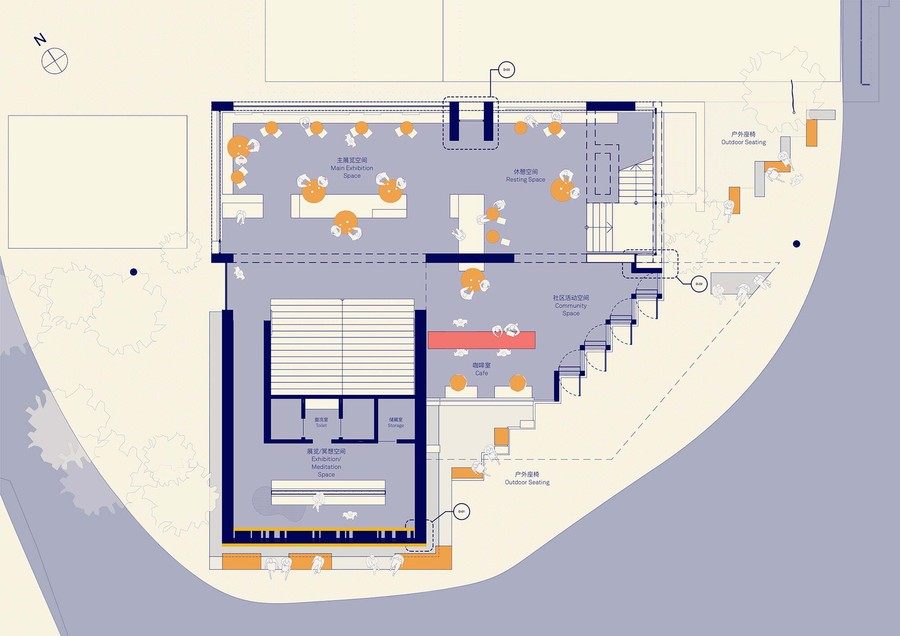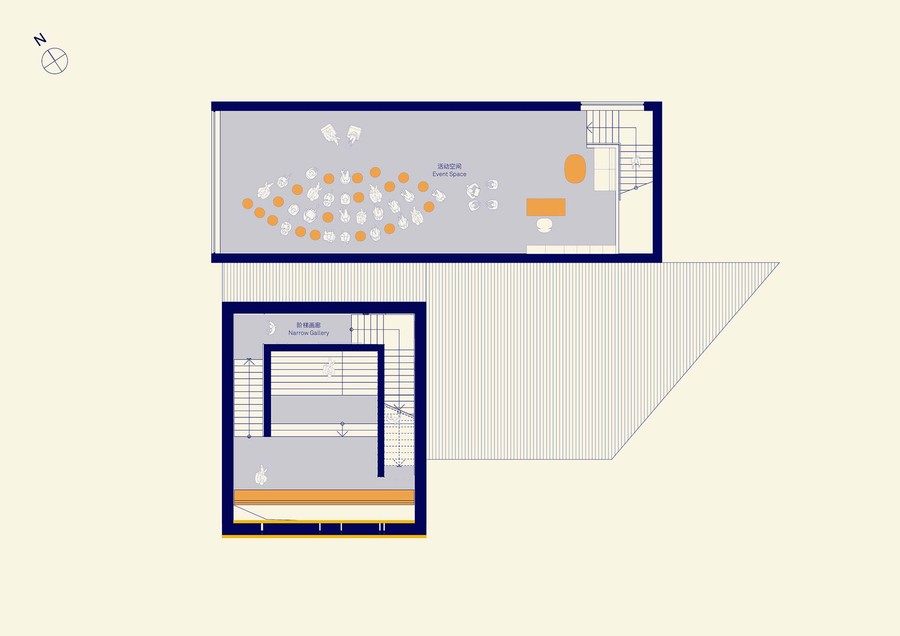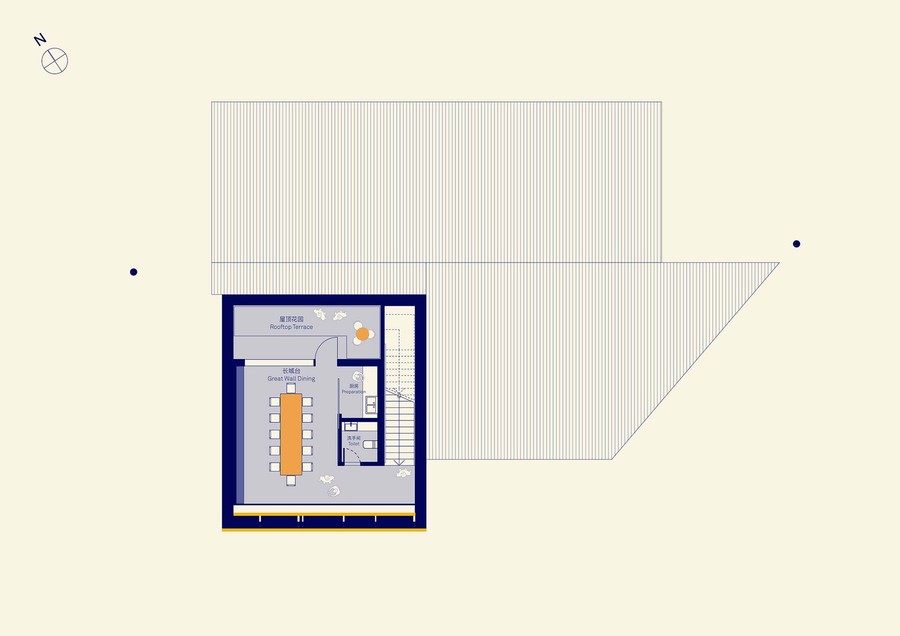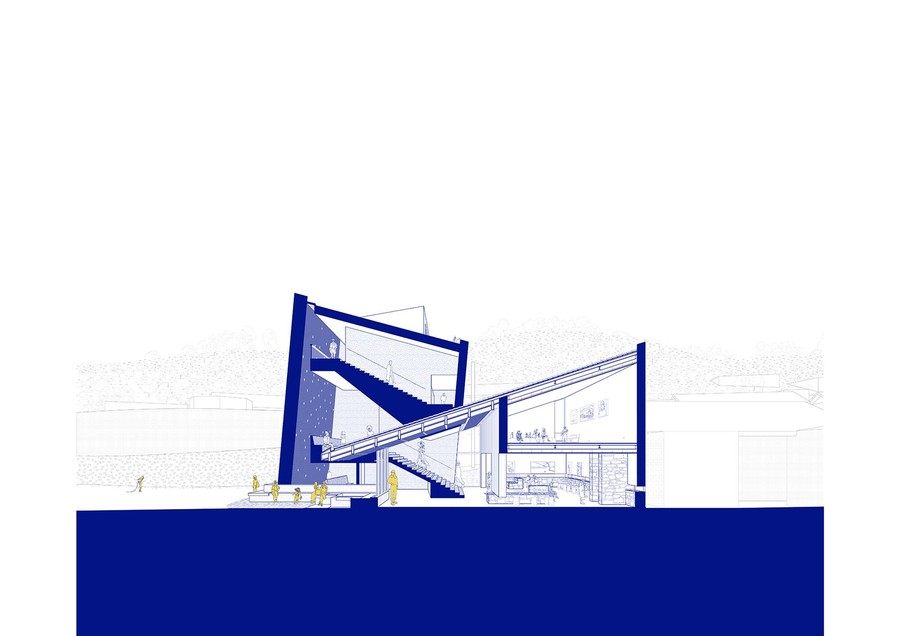|
摘要 •帮你速读文章内容 GENERATED BY AI, PLEASE IDENTIFY THE AUTHENTICITY BY YOURSELF Under such a grand narrative, rural construction should not be based on the established rules of urban construction, nor on the consumption of cultural symbols of the original hometown, but should use social relations as the material for self-renewal, and in turn promote the construction of new social relations, and transform the desire for "returning to the countryside" flowing in the blood of the nation into tangible changes. Locals, outsiders, initiators of construction, land owners, workers in the village, villagers, village cadres, foreign construction teams, tourists, visitors, architects... Beigou's experience tells us that the interaction between people and the collision between groups are the process and result of rural construction. Only in this way can there be the possibility of the restoration of rural China, the possibility of the restoration of more humane relationships in a stranger society, and the possibility of the restoration of rural subjectivity. The community drama aims to use Beigou's series of architectural practices as a window to manifest the relationships and interactions behind rural construction, and to transform the interactions between people and groups into scenes in a multi-melody exhibition method. Different roles take turns to appear, and the exhibition perspective is constantly changing, inviting villagers and visitors to the village to play a role. The exhibition is divided into seven main spaces, of which six are the main lines of the drama, namely, the curtain entry, duet, negotiation, reflection, diagonal and group portrait, and a Beigou neo-ism venue is the encore. The curtain entry space is connected to the village and is the opening living room of the exhibition. Workers, architects, villagers, developers, tourists... Are there insurmountable boundaries between different roles? People observe and imitate each other in Beigou, and finally gather under the eaves of the Wa Art Museum. The chorus space is located on the first floor of the original site of the old house, where rough stone bases are scattered. The exhibition scene emphasizes the sense of archaeological site, and the content is Sansan-construction, Beigalag and folk house renovation. Old folk houses, new buildings, old villagers, construction teams, they constantly test each other's territory in the process of the old and new in Beigou. The construction team seems to have become an archaeological team. The discussion about history and memory has become clear. The negotiation is located on the second floor of the original site of the old house, where the space is clear and neat, used to display the Wa Art Museum project. The "cups and cups" of different roles in the construction of the Wa Art Museum express the definition and intervention of the building itself from different positions. The reflection space is located in a small space under the glazed tile wall. The light and shadow here are full of dramatic tension. The exhibition content is "San San - Architect's Reflection and Monologue". The architect faces his inner monologue. The binary split is reflected in a narrow corridor. How should the person who has the design right use it and finally reconcile with himself? The diagonal space starts from the tower staircase gallery and ends at the third floor terrace. It is connected to the Great Wall landscape. The protagonists are the architects who bring tourists into the perspective of the tile factory project and the tourists who come here to visit and are given the perspective of the architect. How should designers and tourists discover the scenery in their hearts? Will different perspectives miss each other's feelings? The tile factory design carefully balances this detail. Only the Great Wall in the distance always overlooks everything. The epilogue space is located on the big steps. The exhibition content is "Group Image". All the characters and visitors gathered here, just like being in an open-air cinema at the entrance of the village. The moments of Beigou changed again and again on the screen, and people themselves also had a moment of heroism. I have participated in the environmental revolution and rural practice in Beigou Village for 7-8 years. However, when the phased content has become a reality and implemented in the actual interactive experience, the lack of some life and feelings is often particularly obvious. The sudden landslides destroyed the old house, leaving dozens of square meters of vacant land, and the impact of the epidemic has continued to reduce the original demand for catering space, bringing uncertainty to the purpose of space use. This provides a possible venue for the imagination and experiment of extending rural space. The sudden landslides destroyed the old house, leaving dozens of square meters of vacant land, and the impact of the epidemic has continued to reduce the original demand for catering space, bringing uncertainty to the purpose of space use. This provides a possible venue for the imagination and experiment of extending rural space. So, an impromptu site exploration, as an experimental temporary exhibition of "Community Drama, a Rehearsal of Rural Construction", began immediately. This is a study based on the degree of integration between rural residents and urban residents. It is an attempt and discussion on whether the existing Beigou Village development system can be extended. At the same time, it is also a stimulus and encouragement for the future, but the response and results are unknown. The first stage – narrate the development intention of the vacant land in the visual expression of vacant land and images, and record the response. The second stage – build toilets and other necessary functions to support the construction, combined with the installation application of the exhibition, to highlight the potential changes in activities and the breakthrough possibilities of rural language derived from traditional understanding. The third stage – based on the set images and layout, place outdoor furniture (within the framework of the final space goal), give unconventional challenges and settings in terms of environmental comfort, and observe the reaction phenomenon. The fourth stage – harden the spatial function, make the extracted phenomenon become the reserved spatial content, and qualitatively develop the space into a new part of rural life. The idea failed to be realized, and the space demand was guided in the opposite direction under the change of social conditions. The actual situation of the fourth stage – in the absence of a positive response, it became a supporting installation construction platform for the permanent exhibition of the Wa Art Museum to help highlight the theme of the exhibition. The actual situation of the fifth stage – the social situation has changed, and the original space demand has increased dramatically, so we are ready to restore the original space attributes. The dynamic and progressive practice evolution of the countryside reflects the fusion relationship between the rhythm of rural practice and its content. The final idea or hypothesis of this experiment was not realized, but the interaction and inspiration between the development direction set at the beginning and the actual response may give a clearer understanding of the rural/urban practice methods and help rural life practitioners find a more appropriate scale. This kind of "intervention" seems more like an "interaction" obtained by "one-way practice", and this "interaction" may be the real inspiration for rural construction. Design firm: Xuxiang Architecture Area: 660 m² Project time: 2022 Photographer: Jin Weiqi Curator: Yan Yujun Project team: Wei Ziyu, Zuo Chao Project partners: Luis Ricardo, Liu Hanxiao City: Beijing Country: China |

